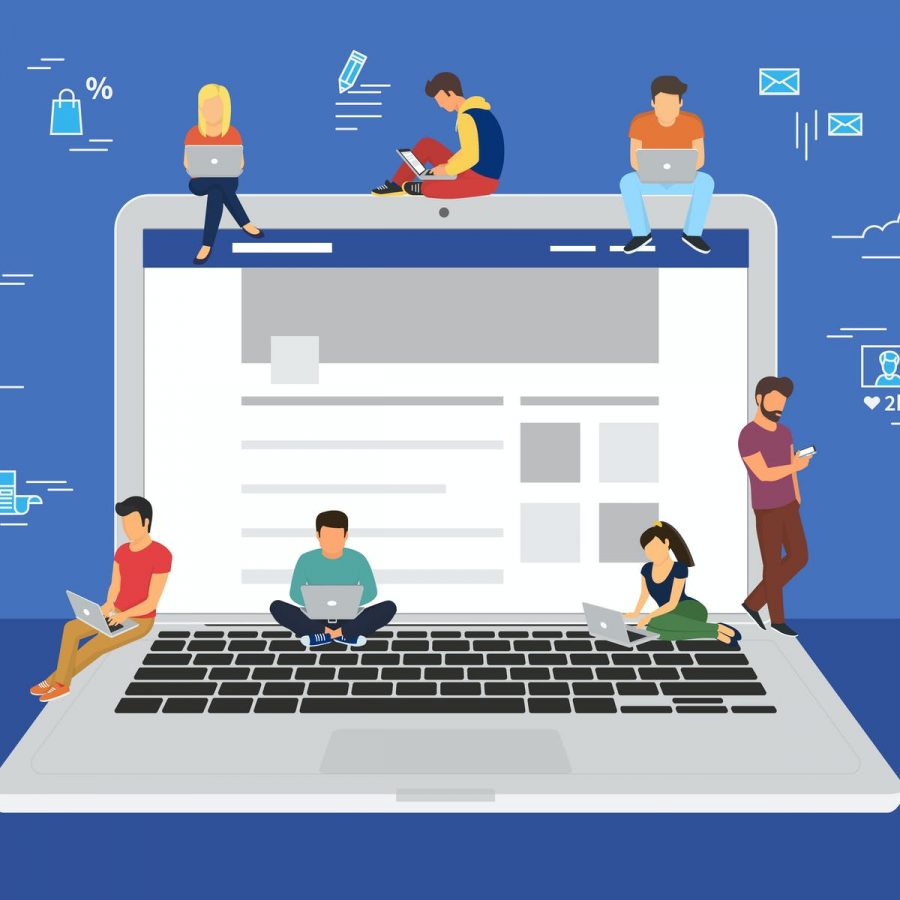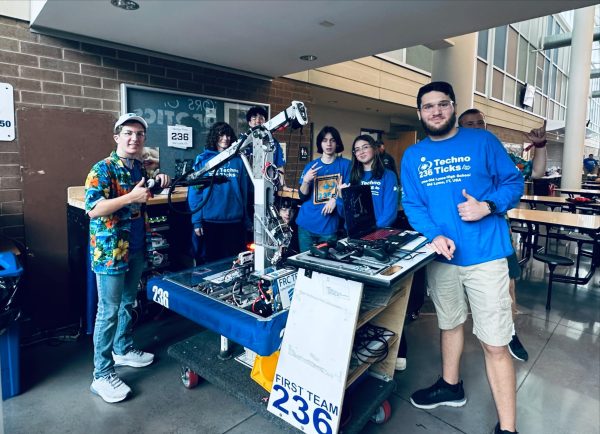A Week of Online School
Last spring, the state shut down, and schools were required to go virtual. Students had to learn independently. Coming back from Thanksgiving break, the high school decided to test out a week of online learning. This year’s distance learning is more interactive, but it is not without its downfalls. The Osprey put together a poll to ask students their thoughts on distance learning. Overall, students undeniably preferred in-person learning over distance learning; 75% of students voted for in-person learning. When asked about which type of schooling was more stressful, 55% said online learning, while 45% of students found in-person learning more stressful.
Many students found distance learning easier because they could wake up later in the morning; some students reported getting an extra 40 minutes of sleep with online learning. A few other students preferred distance learning because it is safer in regards to covid. One student said: “Online learning is nice, and you don’t have to have the stress of putting your loved ones in danger due to people being careless and not taking the virus seriously.” Sadly, there are students in our school who care far less about covid precautions than others, which is one of the main reasons we had to shut down for that week. Many students and teachers live with people who have weakened immune systems or are immunosuppressants. These students prefer in-person overall, but, at the moment, prefer distance learning as covid precautions are incredibly stressful.
There were many cons to online learning. The long classes in person are difficult enough, but mixing it with at-home distractions and the fact that we are staring at a computer screen for over 8 hours a day made it much harder to stay focused. One student put it perfectly: “Virtual learning leads to more distractions and fewer engagements.” Everyone has their own distractions at home, from taking care of pets to their neighbors mowing the lawn all day; in-person learning gives a cohesive learning environment to every student. Another student stated: “It just seems much more difficult to learn what you need to and to ask questions when you’re online.” Some students with social anxiety, who have a hard enough time participating or asking questions in class, found online learning made it much harder to ask teachers questions. This led to students not understanding the material. Constantly muting and unmuting yourself also made participation difficult. With more interactive classes like English, teachers would put us into breakout rooms for smaller group discussions, but it was never as effective as whole-class discussions. Because there were no whole-class discussions it seemed that “busy work” increased during online learning.
One of the biggest cons of online learning was missing the social interactions students usually have with friends and classmates. Going from your bed to your desk, and back to your bed again was not the best way to spend the day. Because of covid, our social interactions are already limited, and for some people, school has been the only place they see their friends. The lack of socializing and repetitive schedule of online learning was hard on a lot of students.
Online learning wasn’t difficult for just the students. Some teachers struggled to use technology properly. It was also difficult for them to interact with the class as much as they would like; as many teachers are social creatures. It was hard to do virtual labs, and even harder to do PE online since it is a very social and interactive class. Despite that, teachers did a great job coming up with innovative solutions for all these issues. In the unfortunate event, we have to go online full time, at least we know what’s to come.









